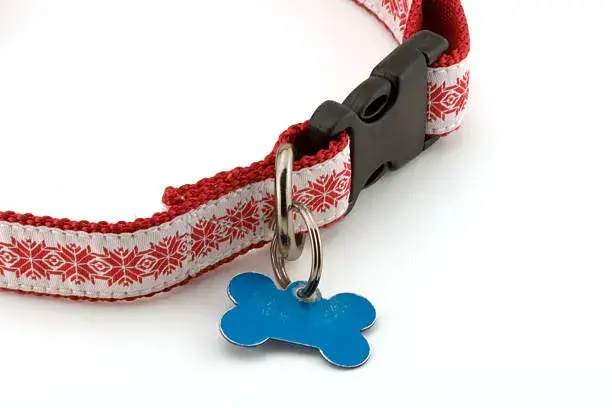Puppies can learn their names quickly (most can pick it up within 1-3 days!) but generally, you’ll want to practice using their name regularly. A good way to start teaching your puppy their name is to use it to gain their attention by saying their name and rewarding them when they look at you!
How long does it take a dog to learn a command?
As a trainer, I may be able to teach your dog to sit, down, stay and basic recall within a couple of weeks but if you aren’t consistently reinforcing those skills, they’ll remain spotty and underdeveloped.
How to teach a dog its name fast
Practice a minimum of 10 times per day, say the dog’s name (from 2 to 6 feet away) and as soon as the dog looks at you, mark this behaviour with a marker word such as “yes” or a clicker and reward with food or play while giving lots of praise.
How to teach an 8 week old puppy its name
Teaching a puppy their name: how to start – Say your pup’s name in a happy tone of voice (one time only). When your dog turns towards the sound, mark the moment with the word “Yes!” or a clicker. Reward your dog with a treat, a quick tug session, or with praise and affection. Repeat, repeat, repeat.
How long does it take a puppy to settle in
About three weeks: There are some things we can do to help them settle and feel safe in those first few days. Keep in mind though, that it generally takes about three weeks for a dog or puppy to start to feel ‘at home’ and to show their true nature. This is an activity you should do before you get your dog or puppy home.
How to teach an older dog its name
Try short training sessions to teach your dog its new name. A quick training session of just 3-5 minutes can help focus your dog’s attention on its new name.
How long does it take for a dog to realize their name?
In fact, most dogs will begin to learn their name within the first few days to weeks of bringing them home. You can begin to teach them their name in short, five to ten-minute training sessions.
At what age do puppies recognize their owners?
By 10 to 16 weeks old, a puppy will be able to recognize people who have played a consistent and safe role in their life. What is this? They will show signs of specifically recognizing their owners and are quickly learning where they fall in the social rankings of the family.
How to train a puppy to come to his name
Move across the room and say his name. Or say his name and wait until he looks at your face.
Why isn’t my dog responding to their name?
If your pup doesn’t respond immediately, don’t start shouting her name. Instead, try walking with her away from whatever is distracting and try again, or move to a completely different area with fewer distractions. Introduce the training in more distracting areas only when you get a perfect response consistently.
Do dogs know who their owner are?
A new study reveals that dogs can recognize their owner by voice alone. You might already be sure your dog can recognize you by your voice, but they might not even need their vision or smell to guide them, according to a new study.
How do you teach a dog a new name?
Wait until your dog is not looking at you and then say the name in a very bright and happy tone. As soon as your dog turns to look at you, mark this with a clicker or a word to let the dog know this is the right reaction, a word like “yes” or “good,” and then immediately give your dog a treat.
How do I teach my puppy recall?
First, show your dog a toy or a treat, praise them as they are coming to you, then reward them. After a few repetitions, whenever your dog looks at you and starts to move towards you, add in your chosen verbal cue (come, here, etc.).
How do you teach a puppy no?
Call your dog over and let him see the treat in your hand. As you close your hand, say “No!”. Let him lick and sniff, but do not give him the treat. When he finally gives up and backs away, praise him and give him the treat.

